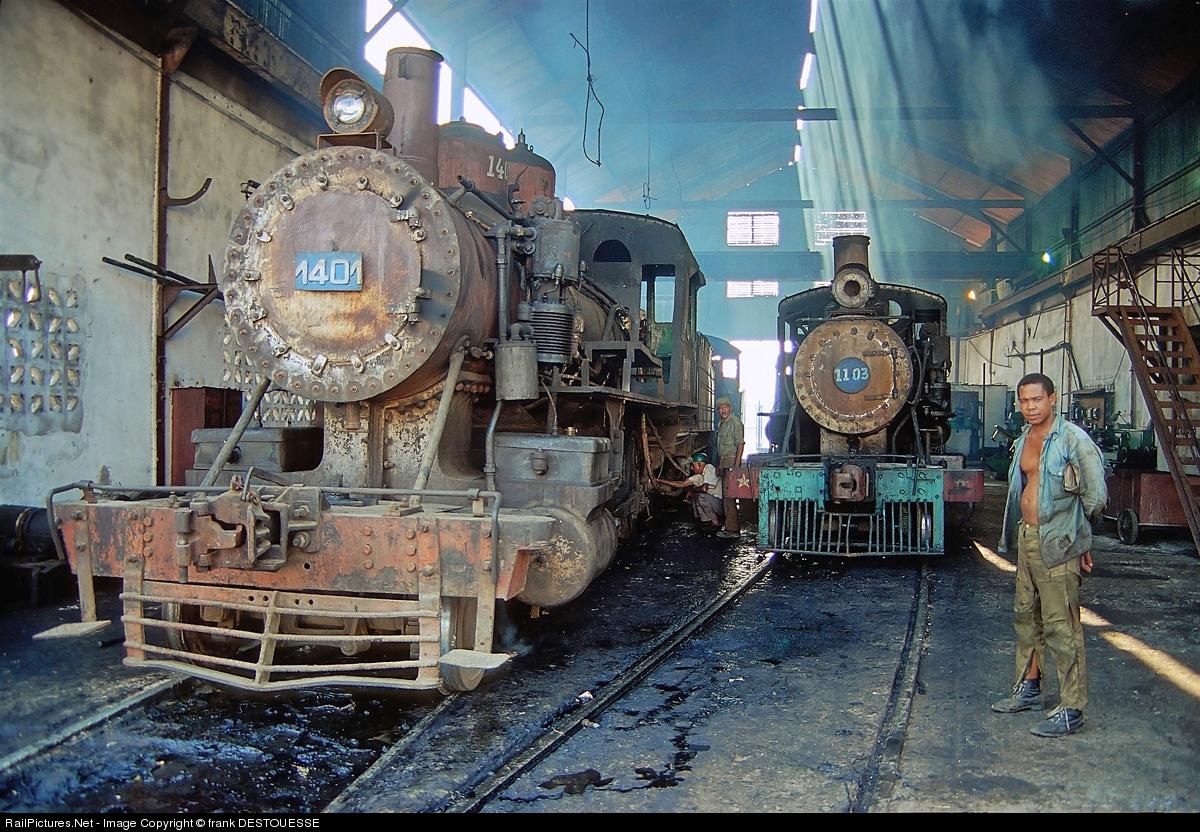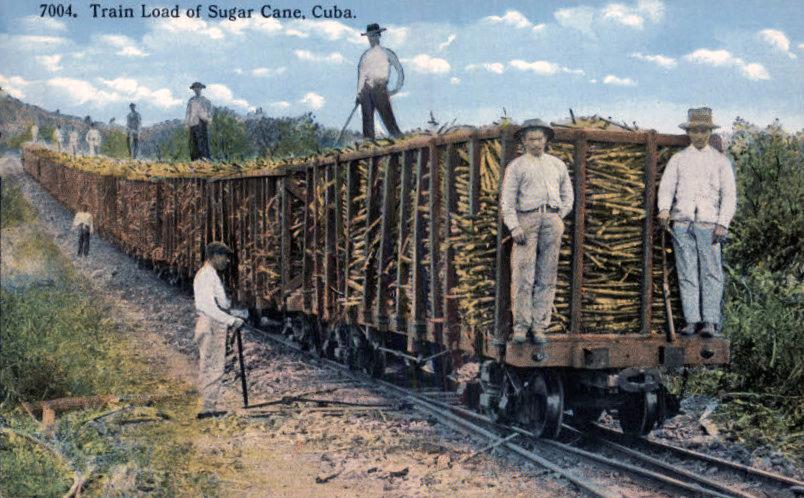goes around, comes around
Until now the development of 1820 has been mostly discussed on BGG. Given the new blog stack etc, it seems time to bring that back home.
1820 has been developing apace1 and is now in rather fine if not-quite-complete fettle. I don’t know that there are any problems2, but the end-game hasn’t been fully proven out3 and I don’t think I can adequately validate that here. At least not within my lifetime. To the bat c…, umm, external development! So play-tester copies need to be made and that means not only more use of XXPaper’s new-found support for The Game Crafter, but also getting John Tamplin’s/Deep Thought Game‘s track-tile generation4 and production system setup here5.
So, what to do while that’s going on? I’ve been talking about setting a game in Java for a few yearsnow, but those ideas are too undeveloped to use now. 18RT is an older and troubled design. Many of its ideas were taken by 1820, but not all and while most of what’s left is crap, perhaps there are worthwhile bits to rescue. Thus 1836 is born – in Cuba7 commemorating Gaspar Betancourt Cisneros‘ founding of the first railway service in Camagüey (aka Puerto Príncipe aka Port-au-Prince)8.
![Sugar train] (/images/cf01.jpg)
In launching any new design it is always easy to make it a derivative or extension of the prior design. While I don’t want difference for difference’s sake, 1836 should stand on its own feet as an independent and original design.
Already a troublesome goal.
The center of the game of 1836 is Cuba’s sugar trains. Those are the minor companies that start the game.
Then, later, come in the trams to ferry people – these are the major companies. It is unclear which might be more profitable.
As Cuba is poor, 1836 will not be a rich game. Instead the expectation is that players will be deep in debt for the entire game, but through asset growth their net values will end up being positive (maybe) by the end of the game. Figure winning scores in the $hundreds, maybe just over $1,000-ish after accounting for a fat handful of loans (eg: ending the game with $5,000 in assets and $4,200 in loans for a net score of $800).
- Basic economic model the same as 1820
(incremental capitalisation, where shares pay, no half pays etc).
- Stock movement is a little different:
- Pay a dividend of your stock price to move up.
- Pay a dividend of double your stock price to double-jump.
- Pay less and fall.
- Fall again if you didn’t have a train.
- Stock movement is a little different:
- A variation on 1820‘s free track system.
- No simple track.
- Every hex is a double dit.
- Double dits can then upgrade to OO and more typical green cities (eg #14, #15, etc).
- As Cuba is long and skinny and free-track-like systems don’t work
too well with narrow constraints, I’ve “fattened” the
island10.
- This made the map too large, and so I’m cutting into two sections along the coloured lines seen below, with a two-hex overlap between the sections.
- Players start with no capital, but can borrow money.
- Yes, players take loans, not companies.
- Loans are probably for $200.
- Currently expected interest rate is 40%.
- The train progression is the typical yellow, green, blue, brown, red, gray.
- Minors can only run/own “G” trains. Majors can only run/own “N” trains.
- G trains ignore cities and pay dits.
- N trains ignore dits and pay N cities.
- Brown rusts green, red rusts blue, gray rusts brown.
- Yellow 1G trains are rusted by brown and replaced by permanent brown 2Gs.
- Green trains are thus N trains (for majors only)…and are probably 2Ts.
- Minors can only run/own “G” trains. Majors can only run/own “N” trains.
- The game starts (SR1) with a ~dozen ~5 share minors,
- Auctioned by an as-yet-unknown method.
- Minors are only available in SR1.
- Minors must start adjacent to ports.
- On a yellow city.
- The sole exception to the rule of all yellow track tiles being double dits.
- On a yellow city.
- Minors can lay two yellow track tiles per OR or one upgrade.
- Minors do not pay terrain costs for yellow track.
- Minors have a single station marker until later in the game when they gain a second station marker which may be placed for free(?).
- Minors start with a 1G train which pays dits and not cities.
- Yellow dits are worth $5. More in later colours.
- The 1G rusts in brown and is replaced by a 2G train.
- This is probably when the second station becomes available.
- In SR2 and later majors can be started.
- 10 shares.
- Two stations (home plus one, free placement)
- Cannot lay yellow track but can do 2 upgrades per OR.
- Major’s N-trains cannot run on yellow track.
- Minors can merge into majors:
- Each pair of minor shares trades for a major share.
- Loose shares can pay up or get cash instead.
- Yellow double dits upgrade to:
- Green double dits (one of the dits grows a third leg, the other dit gets more revenue)
- Green OO cities (same spacing requirements as big cities in 1820)
- Green normal cities, but with 5 legs.
- Upgrades from there do nothing interesting except that the brown OO tiles have one of the cities growing a leg and the other getting more revenue.
- No director’s certificates.
- Same buy-to-40% to float as in 1820.
- Yeah, this really is its own game…
- Same buy-to-40% to float as in 1820.
- All shareholders are liable.
- Mostly this means emergency buying trains.
- Like loan debts in 1820, shares in play are obligated to cover their fraction of the expense.
- Mostly this means emergency buying trains.
- Game ends after…?
- Probably after N ORs in gray.
- Intended game length is 6 SRs.
- Well before Castro.

-
I guess getting to here in about 4 years is a “pace”. ↩
-
I’m not expecting anything big. A cousin or a port might profit from a small adjustment, a terrain on a hex here or there perhaps. ↩
-
To wit the tension BR and the final viable with a FLOOD. I suspect that the game is a little too heavily canted against the final viable company, but that’s dashed hard to tell conclusively. ↩
-
The software stack, custom die for my Ellison Prestige Pro and whatever physical system they use for die registration. ↩
-
Conceivably I could hack ps18xx to produce track tiles to fit DTG’s dies, but I expect that bleeds would be a problem. ↩
-
I’m going to miss using ps18xx for track tiles… ↩
-
I’d originally intended Ireland, but it seems mannerly to give Ian Scrivins’ 18Ireland some room. ↩
-
Albeit horse-drawn. While Cuba has one of the most extensive railway systems in the world, arguably the largest per capita, Cuba operates on small scales. ↩
-
But can borrow money at only faintly usurious rates. ↩
-
Hopefully still recognisable. ↩


